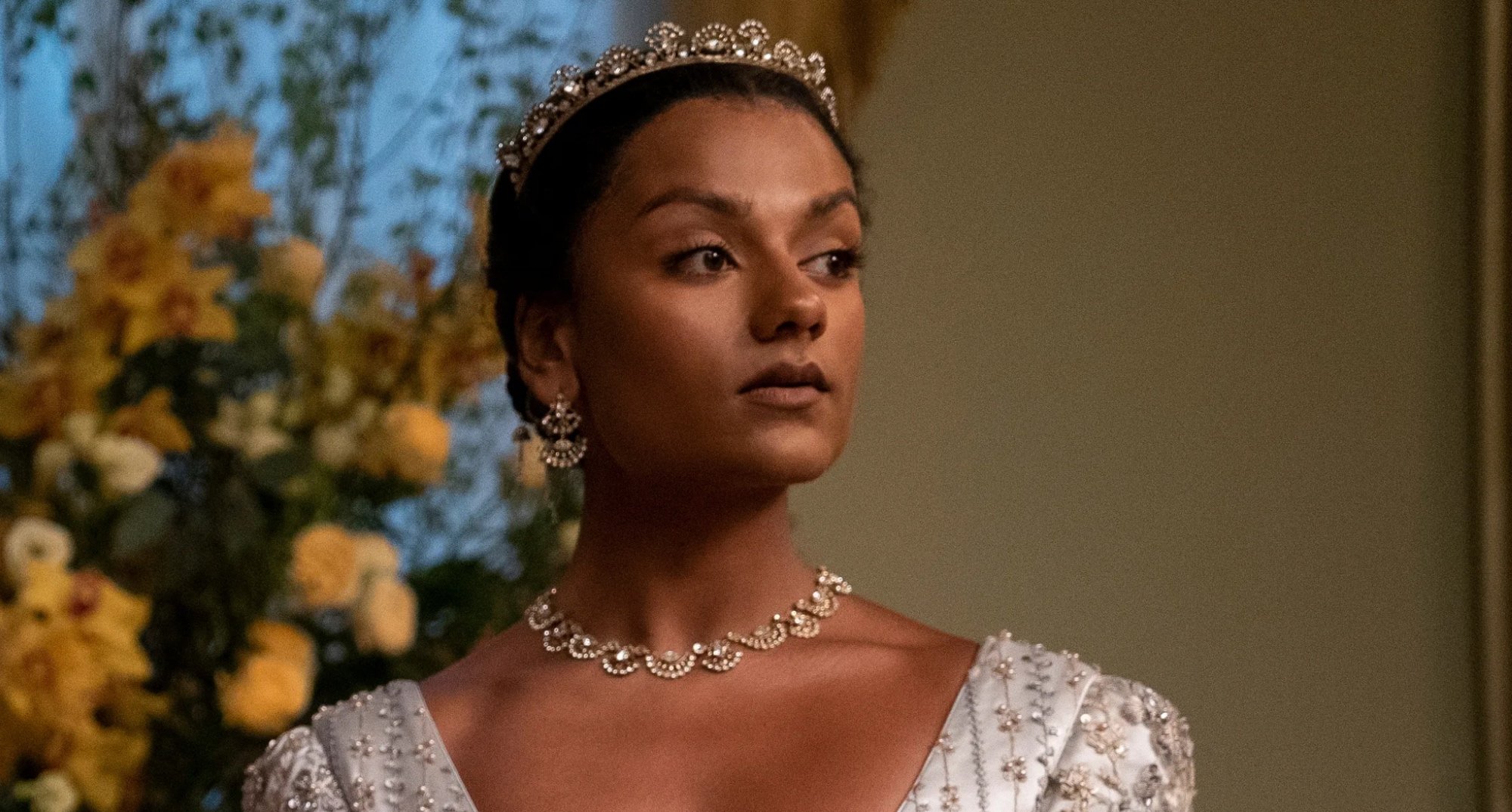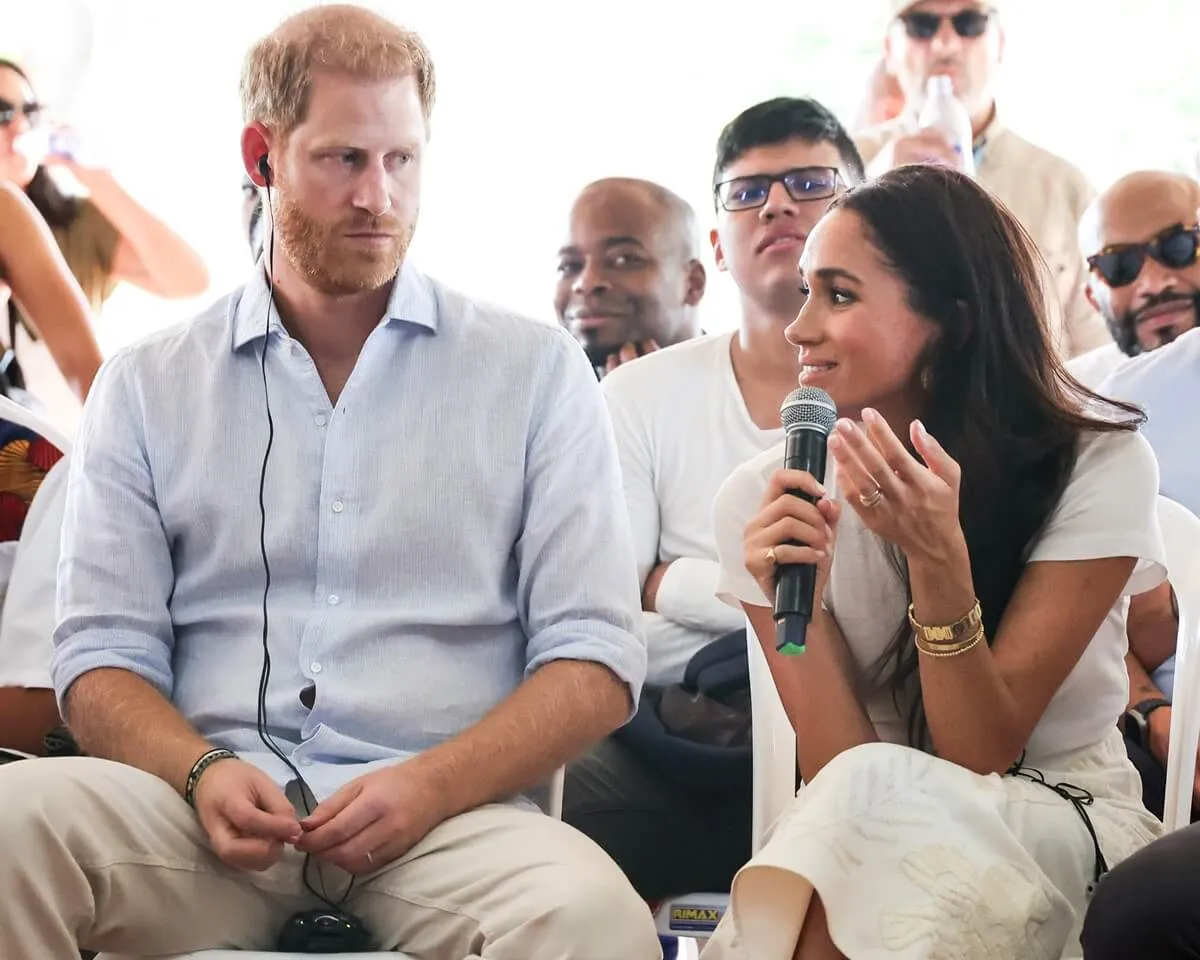‘Bridgerton’ Season 2: Why Kate Is Considered a ‘Spinster’ Past Her Prime
While Edwina Sharma was the season’s diamond in Bridgerton Season 2, all eyes were on Kate. While Edwina looks for a husband, Kate has no desire to marry. Her lack of fervor to find a husband and her age deem her past her prime. Certain terminology used in the series needs some backstory, like Anthony being a “rake.” Fans might be confused about why Kate is considered a “spinster” in Bridgerton Season 2.

How old is Kate Sharma in ‘Bridgerton’ Season 2?
When Kate and Edwina first meet Lady Danbury, they must demonstrate they are ready for courting season. Lady Danbury is first under the impression that Kate will also look for a suitable husband.
“The age of the elder miss may raise concern. Any suitable gentlemen will require some persuading, whether we like it or not, as she will already be regarded as an old maid at the mature age of….?” explains Lady Danbury. Kate reveals her age to be six and twenty, or 26. She is a few years older than Edwina.
During the Regency era, Kate’s age poses a problem. Kate is considered a “spinster” or “old maid” in Bridgerton Season 2. At the first ball of the season, Kate tells Lady Danbury she is well past finding a husband and only focuses on Edwina’s prospects.
Kate being a ‘spinster’ has to due with her eligibility in ‘Bridgerton’ Season 2
In the Bridgerton world, everything is about embarking on the journey to marriage. Young women who do not find a suitor are frowned upon. Fans see how Lady Featherington is a ball of nerves when her daughters cannot find suitors.
In Kate’s case, the Regency era considers her past her prime and a “spinster.” Today describes, “The term “spinster” in the “Bridgerton” era refers to any unmarried woman beyond age 27, generally seen as the end of marriage eligibility in the time period.”
Kate is well aware she is not as eligible as her sister to marry and could care less. Her upbringing taught her to be independent. According to Cosmopolitan, the term “spinster” transformed from its original meaning to be derogatory. It was originally used to describe women who spun yarn. The word was then used for women who were poor and unmarried.
“‘Spinster’ has also become a derogatory word, used to shame women for not being married by a certain age, and to make them afraid of being left alone or ‘on the shelf,'” explains Cosmopolitan.
Fans do not agree with the terminology used on Kate
In modern-day, using the word “spinster” is still prevalent and used as a placeholder for being single. Many TV shows make fun of the lonely, single and unmarried female character by calling her a spinster. But fans are not keen on how Bridgerton Season 2 used the connotation of being a “spinster” with Kate.
A fan on Reddit commented, “Kate not having any suitors makes NO sense to me. Even if she is “older” by Ton standards, people should still be queuing up to court her. Just look at her, she is beyond stunning. I can maybe see why the “eligible” men like Anthony aren’t (that was the conditioning of men and women back then), but the widowed earl that Lady D mentioned? What about people like him?”
Fans also had a problem with how the ton disregarded Kate’s predicament. After losing her father, Kate becomes the head of the house and devotes herself to her sister.
“In the show, Simone talks of Kate’s trauma, so maybe she has closed off herself from any kinds of romantic attachments. And she seems to have taken on the role of head of family and has devoted herself to taking care of Mary and getting Edwina married,” said one fan. Despite being a “spinster,” Kate found true love and defied the rules of the Regency era.


